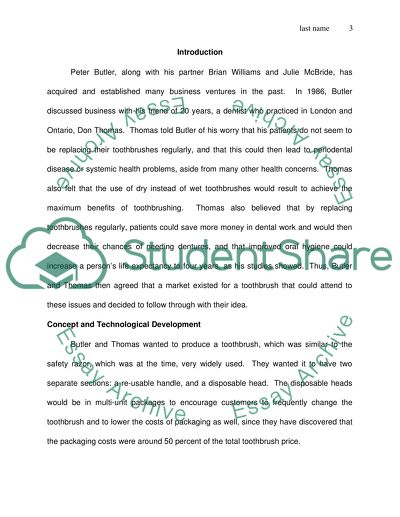Cite this document
(“Toothbrush with Unique Double-lock Mechanism Case Study”, n.d.)
Toothbrush with Unique Double-lock Mechanism Case Study. Retrieved from https://studentshare.org/miscellaneous/1534087-toothbrush-with-unique-double-lock-mechanism
Toothbrush with Unique Double-lock Mechanism Case Study. Retrieved from https://studentshare.org/miscellaneous/1534087-toothbrush-with-unique-double-lock-mechanism
(Toothbrush With Unique Double-Lock Mechanism Case Study)
Toothbrush With Unique Double-Lock Mechanism Case Study. https://studentshare.org/miscellaneous/1534087-toothbrush-with-unique-double-lock-mechanism.
Toothbrush With Unique Double-Lock Mechanism Case Study. https://studentshare.org/miscellaneous/1534087-toothbrush-with-unique-double-lock-mechanism.
“Toothbrush With Unique Double-Lock Mechanism Case Study”, n.d. https://studentshare.org/miscellaneous/1534087-toothbrush-with-unique-double-lock-mechanism.


